ARLINGTON, VA – The U.S. Food and Drug Administration’s (FDA) recent enforcement action against a Massachusetts granola maker for listing “love” as an ingredient in its product is a clear indication that the agency has time and resources to enforce regulations against the use of the term “milk” on the labels of plant-derived dairy imitators, the National Milk Producers Federation (NMPF) said today.
In a letter to FDA, NMPF pointed out that many of the same criticisms leveled by the agency against Nashoba Brook Bakery’s granola and bread products apply to the manufacturers of plant beverages that are in violation of FDA standards of identity defining milk as the product of a dairy animal.
“While we have no doubt that the folks at Nashoba do indeed put love into the manufacture of their product, we hate to see misleading food labels that don’t comply with legal standards that other companies follow,” said Jim Mulhern, president and CEO of NMPF.
“We hope that the agency’s enforcement action against a small New England baker for misusing food labeling standards, innocuous though this violation might be, is a prelude to FDA taking action against the myriad companies that manufacture hundreds of dairy imitators that also misappropriate federally-defined terms such as ‘milk’ and ‘yogurt,’” NMPF said in its letter to FDA.
In a warning letter sent recently to Nashoba Brook Bakery, FDA cited the company for listing “love” as an ingredient in its granola: “’Love’ is not a common or usual name of an ingredient, and is considered to be intervening material because it is not part of the common or usual name of the ingredient,” the letter said.
The FDA letter also warned the Concord, Mass., bakery that its whole wheat bread “fails to conform” to the standard of identity for products made from whole wheat flour: “This product contains wheat flour and corn meal. Therefore, it does not meet the standard of identity for whole wheat bread.”
NMPF has been engaged in on-going efforts to highlight similar deficiencies with the misleading use of the term “milk” on products made from nuts, grains, and seeds, yet “no enforcement activity has taken place,” Mulhern said. He noted that NMPF has provided FDA this year with multiple examples of misbranded imitation dairy foods, mostly recently the artificial dairy beverage Blue Magic Cashew Milk.
“FDA’s labeling enforcement must be consistent. The agency needs to enforce the proper labeling of all products that are currently playing fast and loose with federal food standards,” NMPF wrote the agency. “Any food product that uses a food name established by a standard of identity but does not conform to the essential characteristics established by that standard is by law misbranded (21 U.S.C. §343(g)).”
###
The National Milk Producers Federation (NMPF), based in Arlington, VA, develops and carries out policies that advance the well-being of dairy producers and the cooperatives they own. The members of NMPF’s cooperatives produce the majority of the U.S. milk supply, making NMPF the voice of dairy producers on Capitol Hill and with government agencies. For more on NMPF’s activities, visit our website at www.nmpf.org.

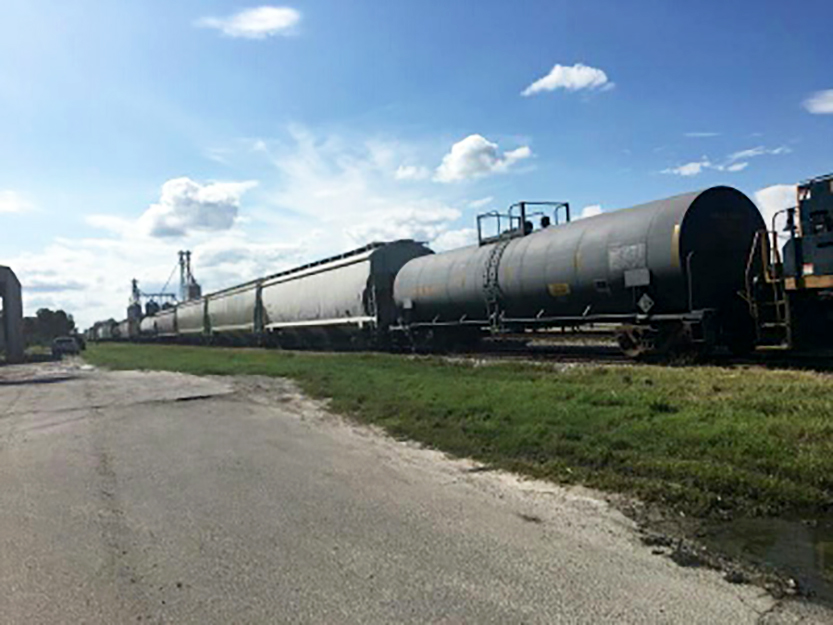 Following the devastating arrival in the southeastern U.S. of Hurricane Irma last month, National Milk helped coordinate the delivery of 17 rail cars of grain, protein and commodity feed to dairy producers in Florida just a few days before farmers would have run out of feedstuffs for their herds.
Following the devastating arrival in the southeastern U.S. of Hurricane Irma last month, National Milk helped coordinate the delivery of 17 rail cars of grain, protein and commodity feed to dairy producers in Florida just a few days before farmers would have run out of feedstuffs for their herds.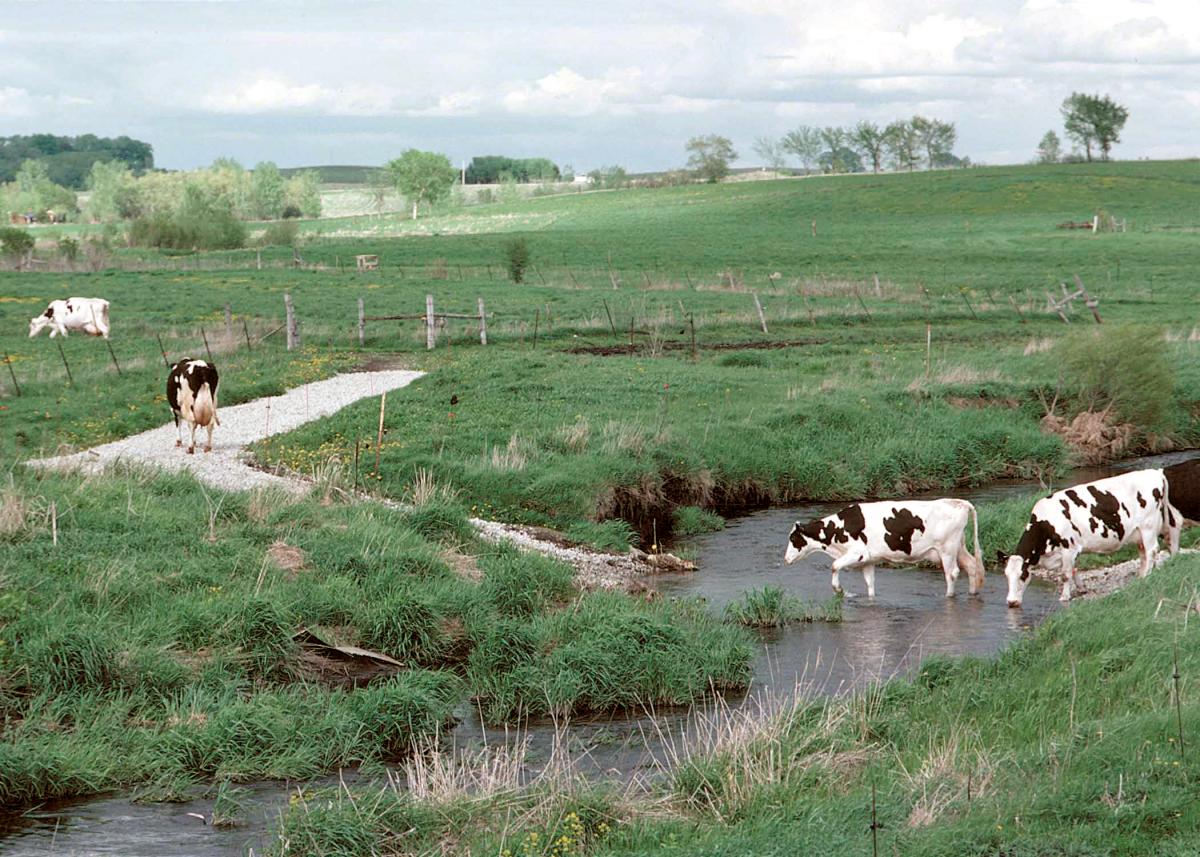 National Milk told the U.S. Environmental Protection Agency (EPA) last month that the dairy industry supports a two-step process to roll back the existing Waters of the U.S. (WOTUS) regulation and generate a new policy that provides farmers greater certainty in the future.
National Milk told the U.S. Environmental Protection Agency (EPA) last month that the dairy industry supports a two-step process to roll back the existing Waters of the U.S. (WOTUS) regulation and generate a new policy that provides farmers greater certainty in the future.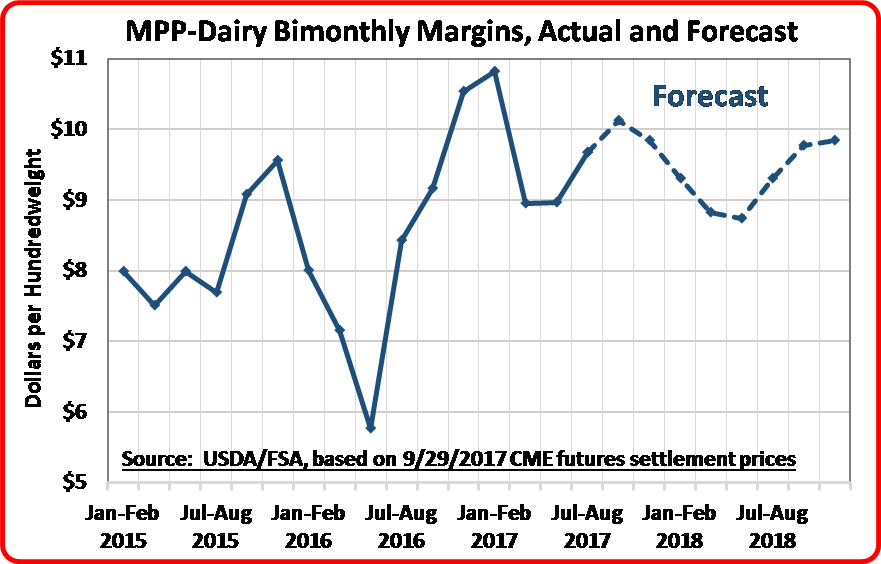 USDA’s Farm Service Agency reported that the monthly Margin Protection Program (MPP) feed cost for August was $7.73/cwt. The feed cost in the MPP is based on corn and alfalfa hay prices reported by USDA’s National Agricultural Statistics Service (NASS) and soybean meal prices reported by the department’s Agricultural Marketing Service. All three feed cost components in the formula were down significantly from their July levels, which cut the August feed cost price from July’s number by $0.49/cwt. NASS also reported that the U.S. average all-milk price was $18.00/cwt. in August, $0.70/cwt. higher than the July all-milk price. The monthly MPP margin for August therefore rose by $1.19/cwt. to $10.27/cwt. from July’s margin of $9.08/cwt. The bimonthly margin average for the July-August period was $9.67/cwt.
USDA’s Farm Service Agency reported that the monthly Margin Protection Program (MPP) feed cost for August was $7.73/cwt. The feed cost in the MPP is based on corn and alfalfa hay prices reported by USDA’s National Agricultural Statistics Service (NASS) and soybean meal prices reported by the department’s Agricultural Marketing Service. All three feed cost components in the formula were down significantly from their July levels, which cut the August feed cost price from July’s number by $0.49/cwt. NASS also reported that the U.S. average all-milk price was $18.00/cwt. in August, $0.70/cwt. higher than the July all-milk price. The monthly MPP margin for August therefore rose by $1.19/cwt. to $10.27/cwt. from July’s margin of $9.08/cwt. The bimonthly margin average for the July-August period was $9.67/cwt.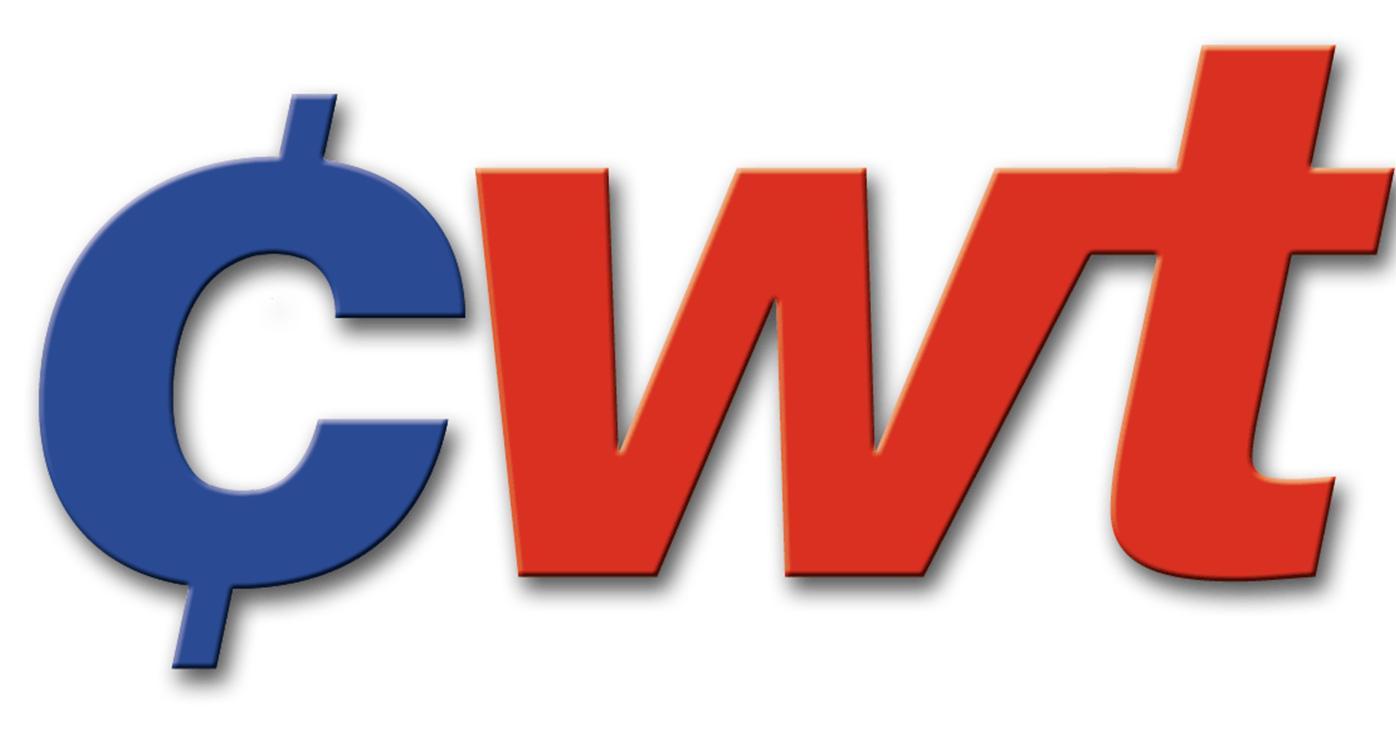 With assistance from Cooperatives Working Together, member co-ops secured 48 contracts to sell 6.84 million pounds of American-type cheeses and 1.32 million pounds of butter in September. The product will go to customers in Asia, Europe, the Middle East, North Africa and Oceania, and will be shipped from September through December of 2017.
With assistance from Cooperatives Working Together, member co-ops secured 48 contracts to sell 6.84 million pounds of American-type cheeses and 1.32 million pounds of butter in September. The product will go to customers in Asia, Europe, the Middle East, North Africa and Oceania, and will be shipped from September through December of 2017.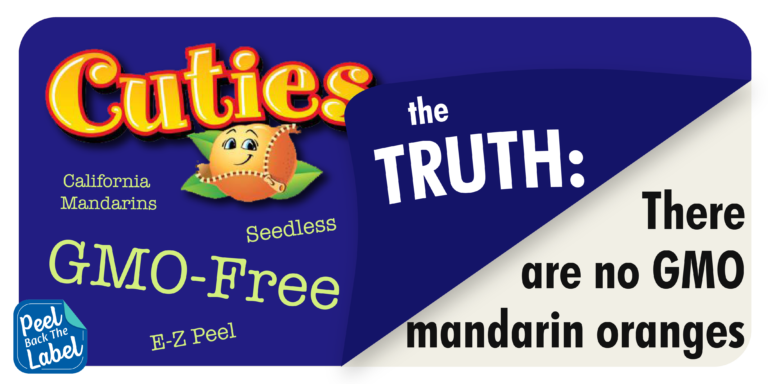 NMPF’s “Peel Back the Label” campaign, launched earlier this year to reveal how some food companies employ misleading product labeling tactics, has unveiled five more examples of this fear-based marketing trend designed to increase their sales and confuse consumers.
NMPF’s “Peel Back the Label” campaign, launched earlier this year to reveal how some food companies employ misleading product labeling tactics, has unveiled five more examples of this fear-based marketing trend designed to increase their sales and confuse consumers. MADISON, WI – The U.S. beef industry, of which dairy cows comprise a significant portion, continues to improve the quality of its management practices, according to the 2016 National Beef Quality Audit (NBQA) commissioned by the Beef Quality Assurance (BQA) program. BQA and the National Dairy FARM Program shared the results at a news conference today at the 51st World Dairy Expo in Madison, Wisc.
MADISON, WI – The U.S. beef industry, of which dairy cows comprise a significant portion, continues to improve the quality of its management practices, according to the 2016 National Beef Quality Audit (NBQA) commissioned by the Beef Quality Assurance (BQA) program. BQA and the National Dairy FARM Program shared the results at a news conference today at the 51st World Dairy Expo in Madison, Wisc.



